Laplace’s Gremlin: Uncertainty and Artificial Intelligence
Celsius Lecture, Uppsala University, Sweden
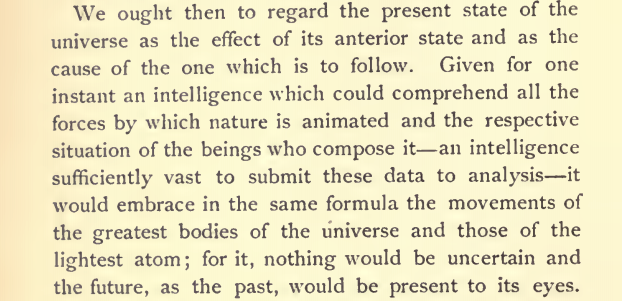
Philosophical Essay on Probabilities Laplace (1814) pg 3
If we do discover a theory of everything … it would be the ultimate triumph of human reason-for then we would truly know the mind of God
Stephen Hawking in A Brief History of Time 1988
|
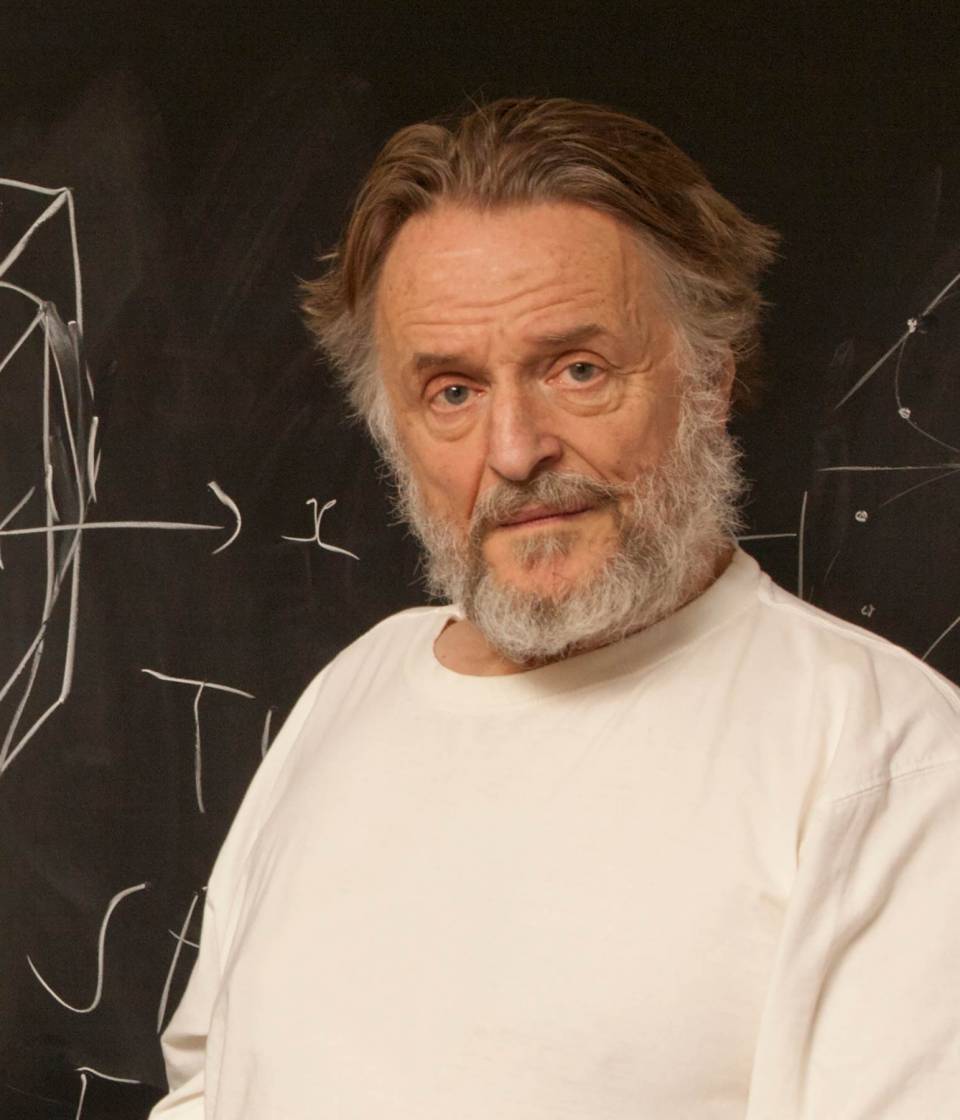
|
|

|
|

|

|

|

|

|

Philosophical Essay on Probabilities Laplace (1814) pg 5

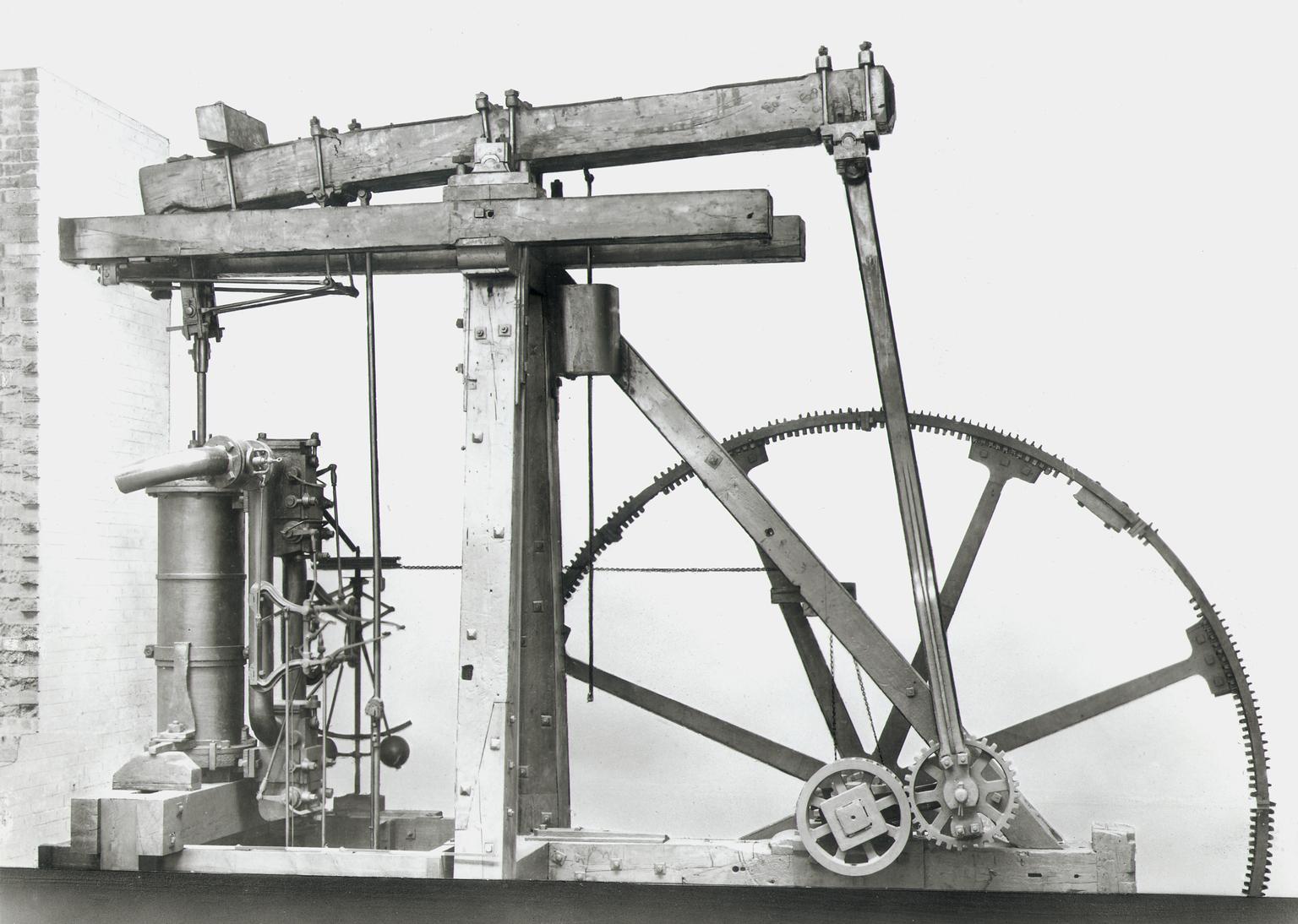
|
= available energy + temperature \(\times\) entropy |
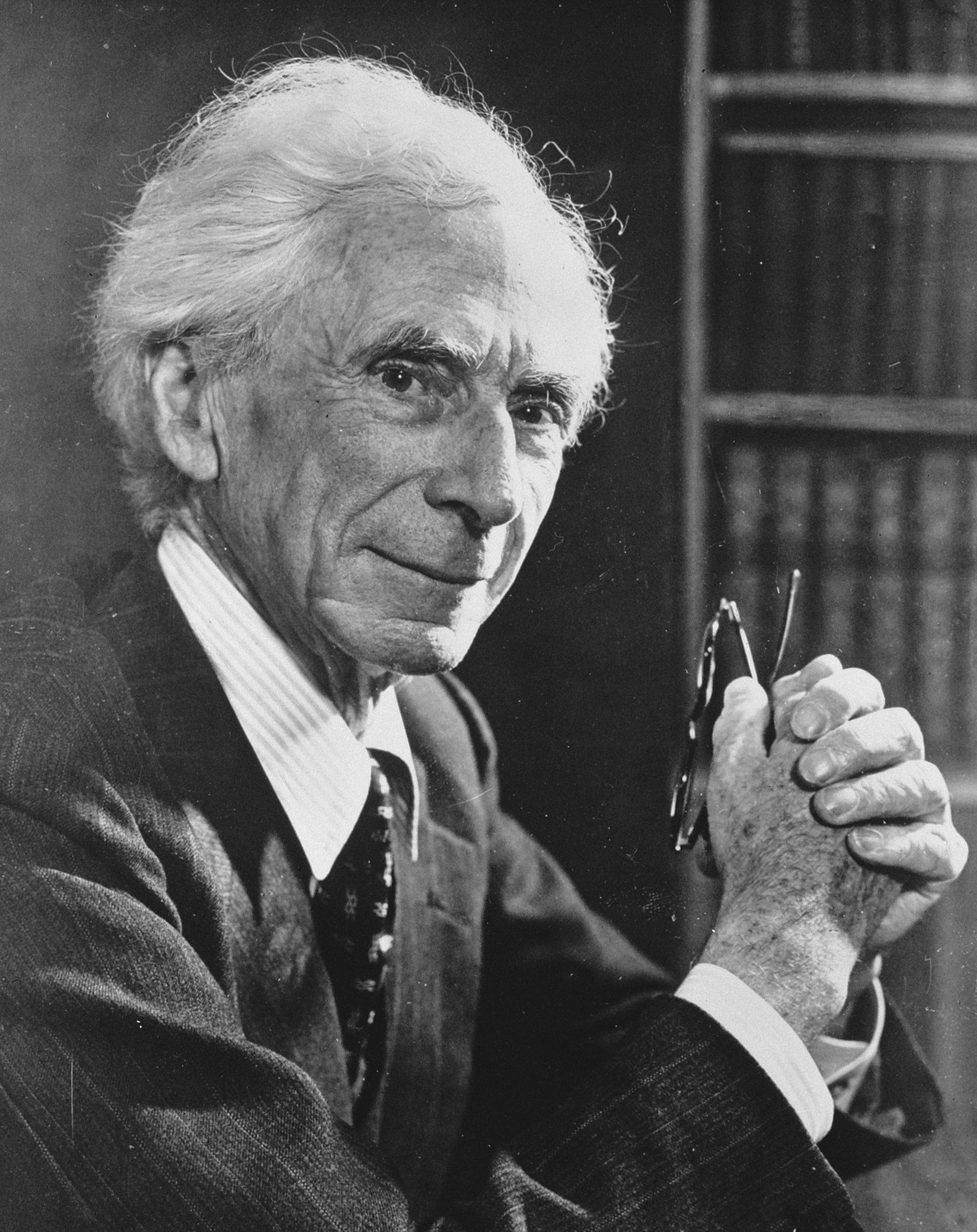
|
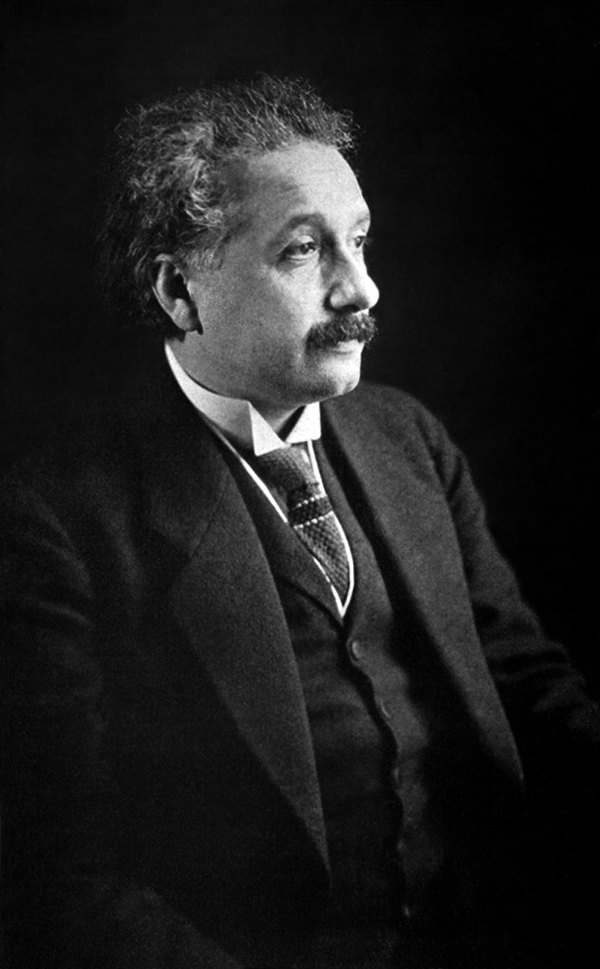
|
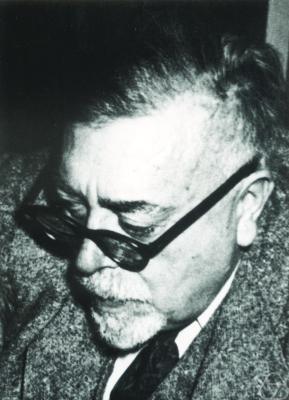
|
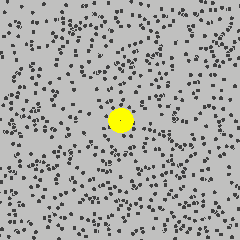
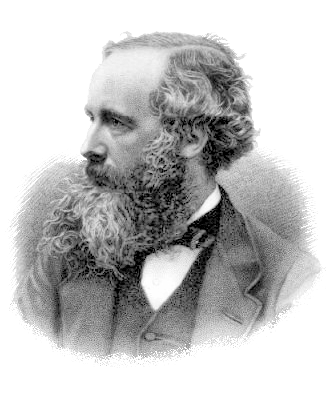
|

|

|
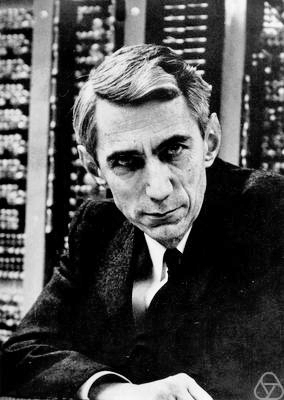
| bits/min | billions | 2,000 |
|
billion calculations/s |
~100 | a billion |
| embodiment | 20 minutes | 5 billion years |
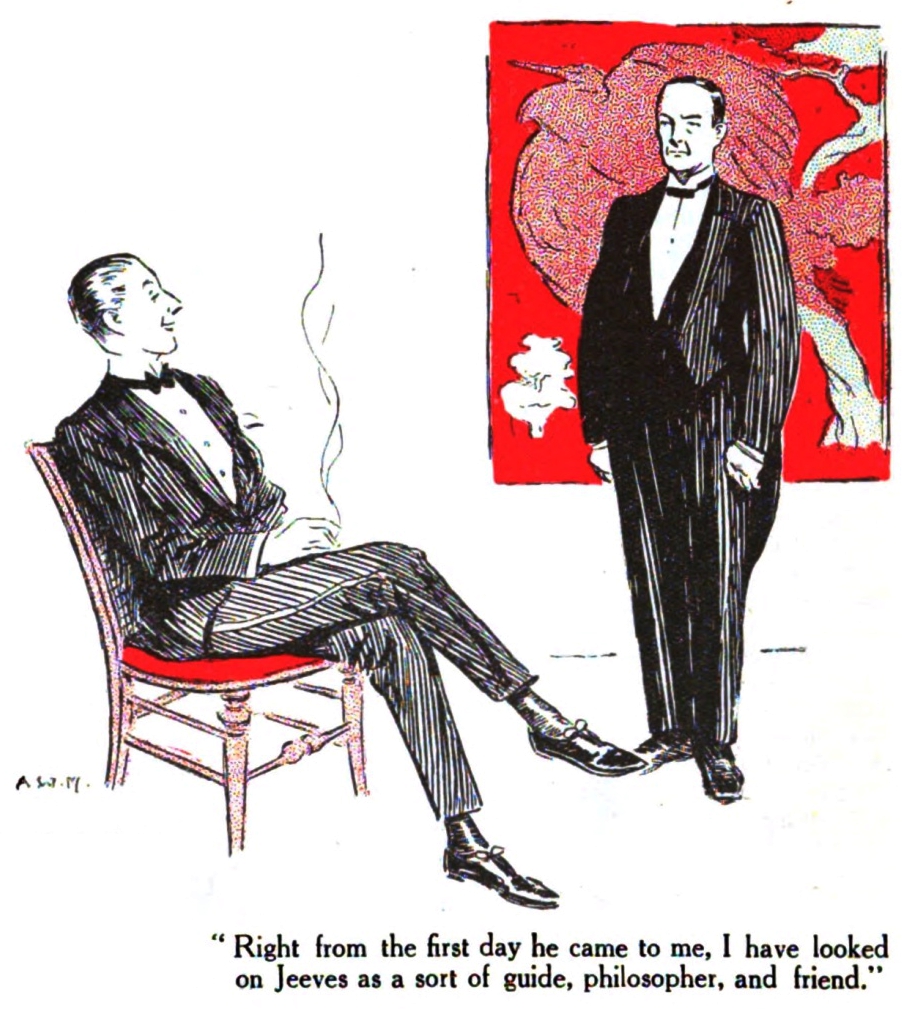

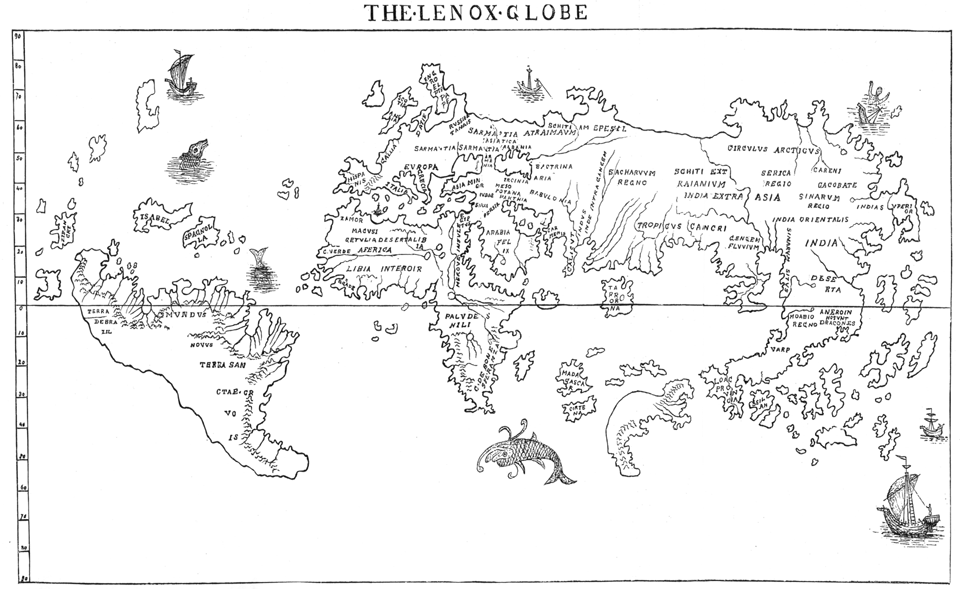


Outline of the DeepFace architecture. A front-end of a single convolution-pooling-convolution filtering on the rectified input, followed by three locally-connected layers and two fully-connected layers. Color illustrates feature maps produced at each layer. The net includes more than 120 million parameters, where more than 95% come from the local and fully connected.


- 2 June 1739
- Carl Linnaeus (naturalist)
- Jonas Alströmer (mercantilist)
- Mårten Triewald (mechanical engineer)
- Sten Carl Bielke (civil servants)
- Carl Wilhelm Cederhielm (civil servant)
- Anders Johan von Höpken (politician)

|
|
|
|
|
|
One thing is I can live with is doubt, and uncertainty and not knowing. I think it’s much more interesting to live with not knowing than to have an answer that might be wrong.
Richard P. Feynmann in the The Pleasure of Finding Things Out 1981.
- twitter: @lawrennd
- podcast: The Talking Machines
- newspaper: Guardian Profile Page
- blog: http://inverseprobability.com
